
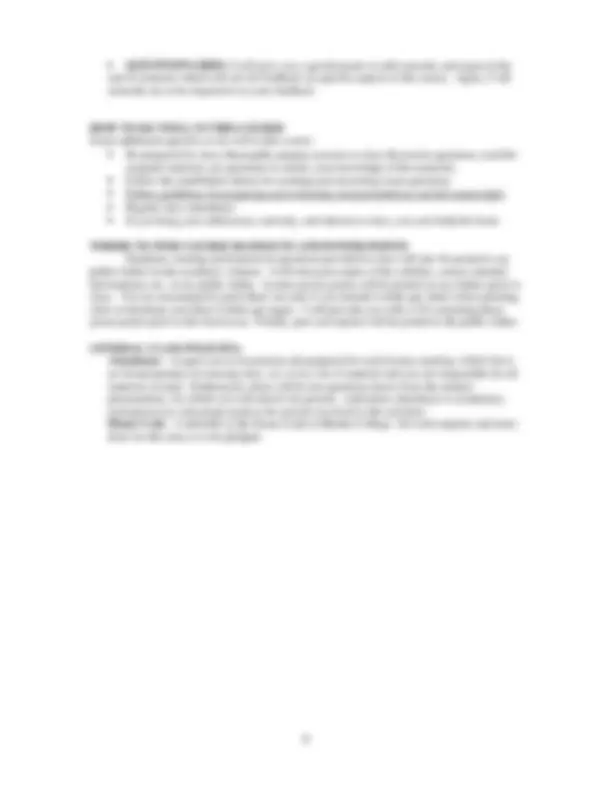
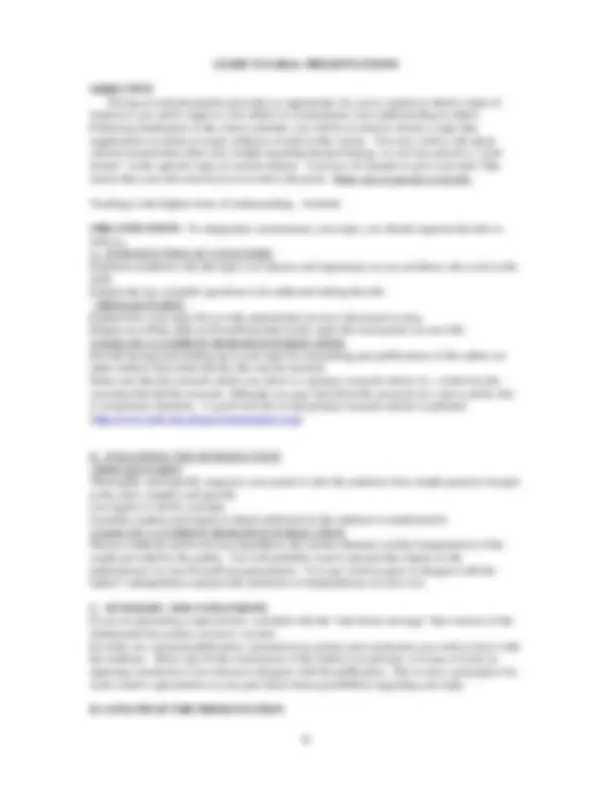
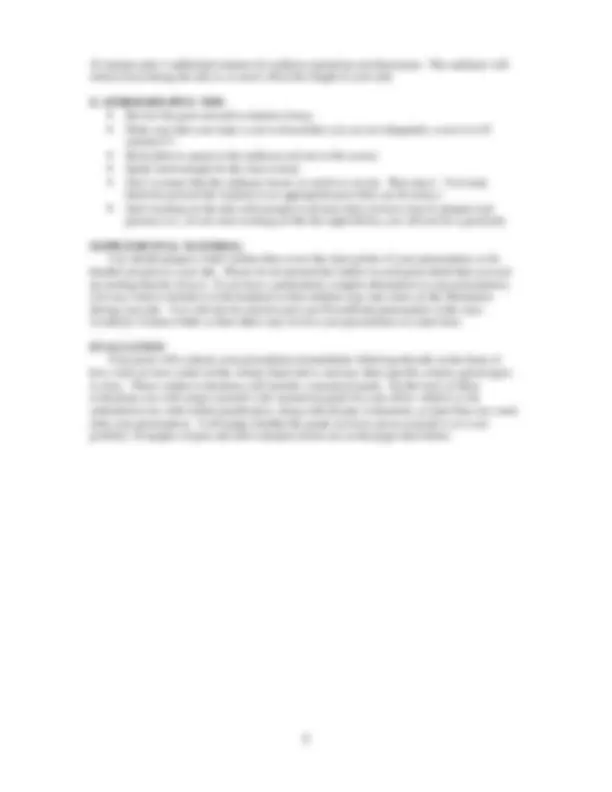
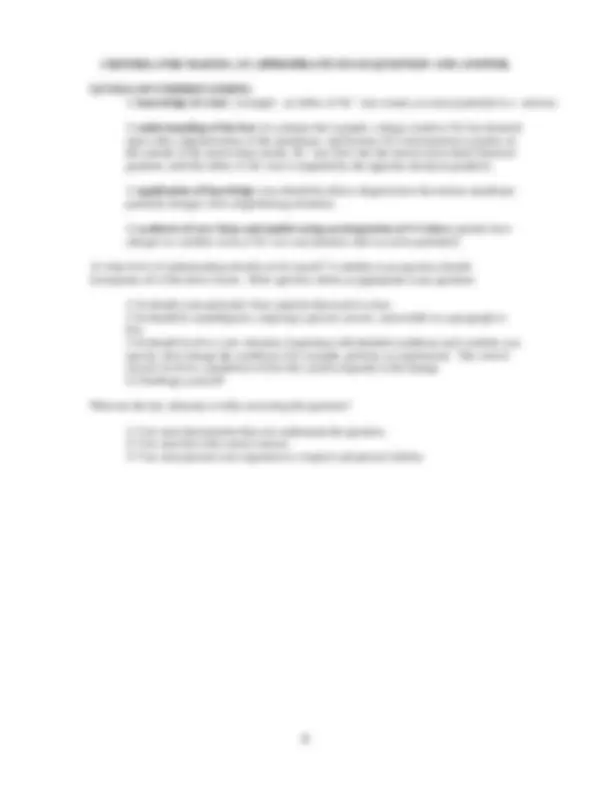
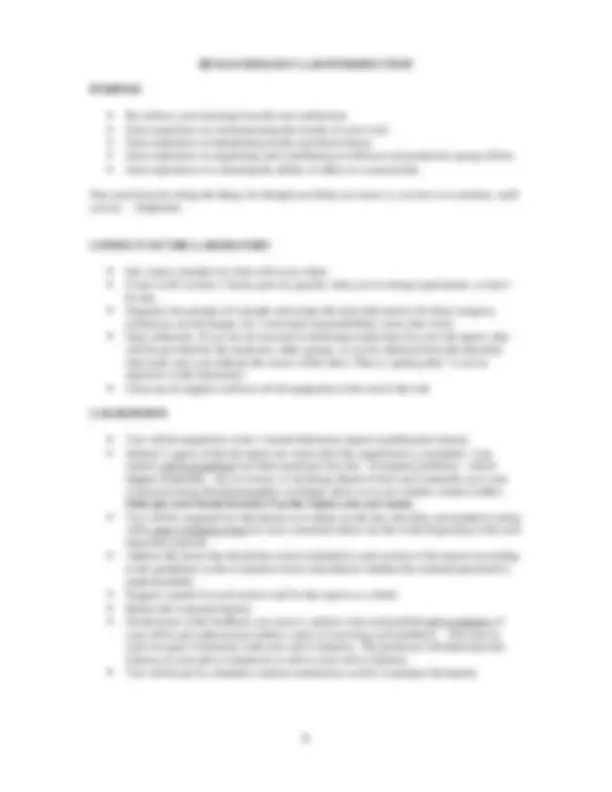
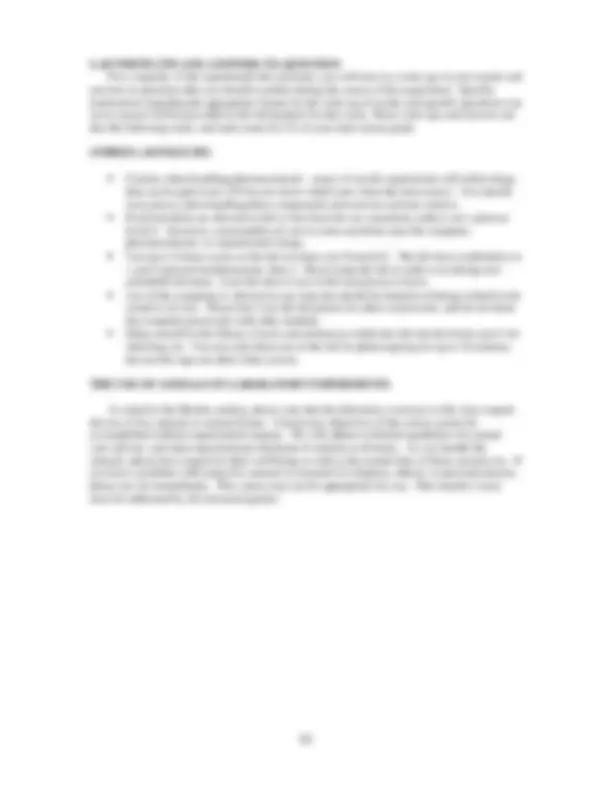


Study with the several resources on Docsity

Earn points by helping other students or get them with a premium plan


Prepare for your exams
Study with the several resources on Docsity

Earn points to download
Earn points by helping other students or get them with a premium plan
Community
Ask the community for help and clear up your study doubts
Discover the best universities in your country according to Docsity users
Free resources
Download our free guides on studying techniques, anxiety management strategies, and thesis advice from Docsity tutors
The syllabus for a human biology course taught by dr. Cate fenster at the college of charleston. The course includes lectures, labs, and assignments, with a focus on student participation and understanding of the material. Students are expected to prepare for class by reading assigned material and answering homework questions, and will be graded on exams, oral presentations, lab participation, and lab reports.
Typology: Lab Reports
1 / 10

This page cannot be seen from the preview
Don't miss anything!







Human Biology - Syllabus
Dr. Cate Fenster e-mail: fensterc@rhodes.edu Phone: 843- Office: Frazier Jelke 142E
Lecture: 9:30 am - 10:30 am TR Palmer Hall 206 Lab: M 1-3 PM Frazier-Jelke Hall 139 3.000 Credits (Aug 25, 2004 - Dec 15)
REQUIRED TEXTS: Human Biology: Health Homeostasis and the Environment. Daniel Chiras 4 th^ edition
COURSE OBJECTIVES My objectives for this course are to help you develop:
I hope that, through achievement of these objectives, this course will prepare you to make informed health decisions, understand the biological basis for the development and treatment of certain diseases, and appreciate new discoveries in areas relating to human wellness.
TEACHING GOALS It is virtually impossible for anyone to remember all the facts, especially when we consider the rate at which our scientific knowledge is increasing. Therefore, my teaching goal is to emphasize understanding of the material rather than memorization of facts. The following strategies will be used to achieve this goal.
FINAL EXAM The Final Exam will contain approximately half material covered since the last test and half from material covered during the first three tests. On Monday, Dec. 5, I will give you a list of specific topics for the Final Exam. You will prepare exam questions using these topics, and bring the exam questions to class Wednesday, Dec. 7. During class, we will choose the best questions and open them for class discussion (I will not give you the answers). Questions prepared by you
and your peers will make up the majority of the Final Exam. A study-guide consisting of these and possibly additional questions will be provided ASAP after this class.
HOMEWORK Homework includes your answers to homework questions (2 points per assignment collected), exam questions you are to prepare for hourly and final exams (2 points per assignment), and participation in the peer evaluation of the lab manuscript and oral presentations (2 points per peer evaluation, this requires class attendance). The total homework grade out of a possible 10 % will be determined by the number of attained points divided by the number of maximum possible points.
FEEDBACK The primary purpose assigned activities is to help you in your exploration of the human body and to develop written and oral communication skills. Your feedback will help me determine the effectiveness of these activities. I will solicit feedback from you in two ways:
Giving an oral presentation provides an opportunity for you to explore in detail a topic of interest to you and to improve your ability to communicate your understanding to others. Following finalization of the course calendar, you will be at asked to choose a topic that supplements or relates to major subjects covered in this course. You may wish to talk about current research that offers new insight regarding human biology, or you may present a “mini- lecture” on the specific topic of current interest. You have 10 minutes to give your talk! This means that your talk must be focused and to the point. Make sure to practice your talk.
Teaching is the highest form of understanding. -Aristotle
ORGANIZATION: To adequately communicate your topic, you should organize the talk as follows: A. INTRODUCTION OF YOUR TOPIC Explain to audience why the topic is of interest and importance to you and those who work in the field. Explain the key scientific questions to be addressed during the talk. “MINI-LECTURES” Explain how your topic fits in with material that we have discussed in class. Prepare an outline slide on PowerPoint that briefly states the main points of your talk. TALKS ON A CURRENT RESEARCH PUBLICATION Provide background leading up to your topic by researching past publications of the author (or other authors) that relate directly the current research. Make sure that the research article you chose is a primary research article (i.e., written by the scientists that did the research. Although you may find about the research via a news article, this is not primary literature. A good web site to find primary research articles is pubmed (http://www.ncbi.nlm.nih.gov/entrez/query.fcgi)
Thoroughly and logically sequence your points to take the audience from simple general concepts to the more complex and specific. Use figures to clarify concepts. Carefully explain each figure in detail sufficient for the audience to understand it. TALKS ON A CURRENT RESEARCH PUBLICATION Discuss methods used to test key hypothesis, the results obtained, and the interpretation of the results provided by the author. You will probably want to present data figures in the publication(s) in your PowerPoint presentation. You may wish to agree or disagree with the author’s interpretation and provide criticisms or interpretations of your own.
C. SUMMARY AND CONLUSIONS If you are presenting a topic lecture, conclude with the “take home message” that consists of the fundamental key points you have covered. For talks on a research publication, summarize key points and conclusions you wish to leave with the audience. These may be the conclusions of the authors you present, or it may even be an opposing conclusion if you choose to disagree with the publication. This is also a good place for some creative speculation on your part about future possibilities regarding your topic.
D. LENGTH OF THE PRESENTATION
10 minutes plus 3 additional minutes for audience questions and discussion. The audience will refrain from during the talk so as not to affect the length of your talk.
E. OTHER HELPFUL TIPS
SUPPLEMENTAL MATERIAL You should prepare a brief outline that covers the main points of your presentation, to be handed out prior to your talk. Please do not present the outline in such great detail that you end up reading directly from it. If you have a particularly complex illustration in your presentation, you may wish to include it in the handout so that students may take notes on the illustration during your talk. You will also be asked to put your PowerPoint presentation in the class Academic Volume folder so that others may review your presentation at a later time.
EVALUATION Your peers will evaluate your presentation immediately following the talk on the basis of how well you have achieved the criteria listed above and any other specific criteria agreed upon in class. These written evaluations will include a numerical grade. On the basis of these evaluations you will assign yourself a fair numerical grade for your effort, which is to be submitted to me with written justification, along with all peer evaluations, no later than one week after your presentation. I will judge whether the grade you have given yourself is or is not justified. Examples of peer and self evaluation forms are on the pages that follow.
HUMAN BIOLOGY Oral Presentation Self-Evaluation Name of presenter _________________________
Title of presentation _______________________
Soc. Sec. # _____________________
Look over the student evaluations of your oral presentation, and based on those comments and your own feelings, rank yourself with a score from 0 (lowest) to 10 (highest) according to the appropriate criteria. Multiply this rank by the indicated value of each of the criteria and total the final score at the bottom. Please justify your own score with written comments at the bottom or back of the page. Indicate what you feel were the strengths and weaknesses of the talk. Finally, if you could do the talk over again, what would you do the same and what would you do differently. Return this form and all student evaluation forms to me within a week of receiving this form.
ABILITY OF PRESENTER
Knowledge and understanding of topic (includes ability to _____ X 30% = _____ answer questions)
Teaching ability _____ X 30% = _____ (appropriate level of complexity, appropriate amount of material, ability to make material understood, provides thorough explanation of slides)
QUALITY OF PRESENTATION
Organization _____ X 20% = _____ Clear and logical progression of ideas Summary or conclusions
Quality of slides _____ X 10% = _____ (concise, visible, relevant, well labeled, not too busy)
Proper use of time / ______ X 10% = _____ Pace
Total ______
Comments:
knowledge of a fact (example: an influx of Na+^ ions creates an action potential in a neuron).
understanding of the fact (to continue the example, voltage sensitive Na+ion channels open with a depolarization of the membrane, and because Na+concentration is greater on the outside of the neuron than inside, Na+^ ions flow into the neuron down their chemical gradient, until the influx of Na+^ ions is impeded by the opposite electrical gradient).
application of knowledge (you should be able to diagram how the neuron membrane potential changes with a depolarizing stimulus).
synthesis of new ideas and models using an integration of 1-3 above (predict how changes in variables such as Na+^ ion concentration alter an action potential).
At what level of understanding should you be tested? A suitable exam question should incorporate all of the above facets. More specifics about an appropriate exam question:
What are the key elements to fully answering the question?
For a majority of the experiments this semester, you will turn in a write-up of your results and answers to questions that you should consider during the course of the experiment. Specific instructions regarding the appropriate format for the write-up of results and specific questions you are to answer will be provided in the lab handout for that week. These write-ups and answers are due the following week, and each count for 2% of your total course grade.
OTHER LAB POLICIES
THE USE OF ANIMALS IN LABORATORY EXPERIMENTS
As stated in the Rhodes catalog, please note that the laboratory exercises in this class require the use of live animals or animal tissues. Certain key objectives of the course cannot be accomplished without experimental surgery. We will adhere to Federal guidelines for animal care and use, and insist upon humane treatment of animals at all times. As you handle the animals, please have regard for their well being as well as the sensitivities of those around you. If you have a problem with using live animals in research for religious, ethical, or personal reasons, please see me immediately. This course may not be appropriate for you. This sensitive issue must be addressed by all concerned parties.